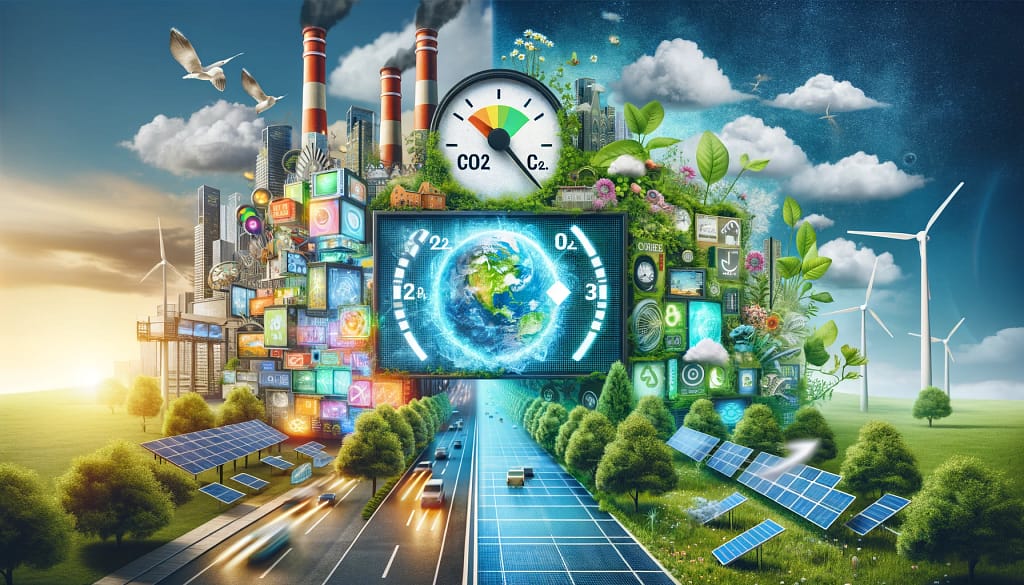Awareness of climate change has increased significantly in recent years. This also applies to the digital advertising industry, where significant CO2 emissions are generated. Surprisingly, around 4% of all emissions can be attributed to digital advertising campaigns. For example, a digital advertising campaign with one million impressions generates as many emissions as a return flight from Boston to London.

What does this mean for the advertising industry? It's time to reduce the carbon footprint. On the one hand, the challenge is to deliver engaging content without harming the environment. For example, video ads generate around 50 times more CO2 than simple banner ads. On the other hand, measures to reduce the carbon footprint can also improve the efficiency of ad delivery. Fewer wasted ads mean more impact and a higher likelihood of ads being noticed.
One approach to reducing emissions is to adjust the file sizes and qualities of advertising content. Research shows that a slight reduction in video quality can reduce emissions by 20-30%. Furthermore, innovations in the way data is transmitted can lead to further savings. Rising energy costs are also forcing companies to use energy more efficiently, which has a direct impact on the advertising industry.
Interestingly, the use of generative AI can also help to reduce CO2 emissions. By dispensing with costly video productions, energy and resources can be saved. However, the question of the energy consumption of the AI models themselves remains unanswered.
The digital advertising industry is at a crossroads. It must find ways to operate in a way that is both economically efficient and environmentally friendly. This requires a fundamental realignment of strategies and technologies in order to meet the challenges of climate change.


0 Comments